How traceability of gold became a focus for independent jewellers
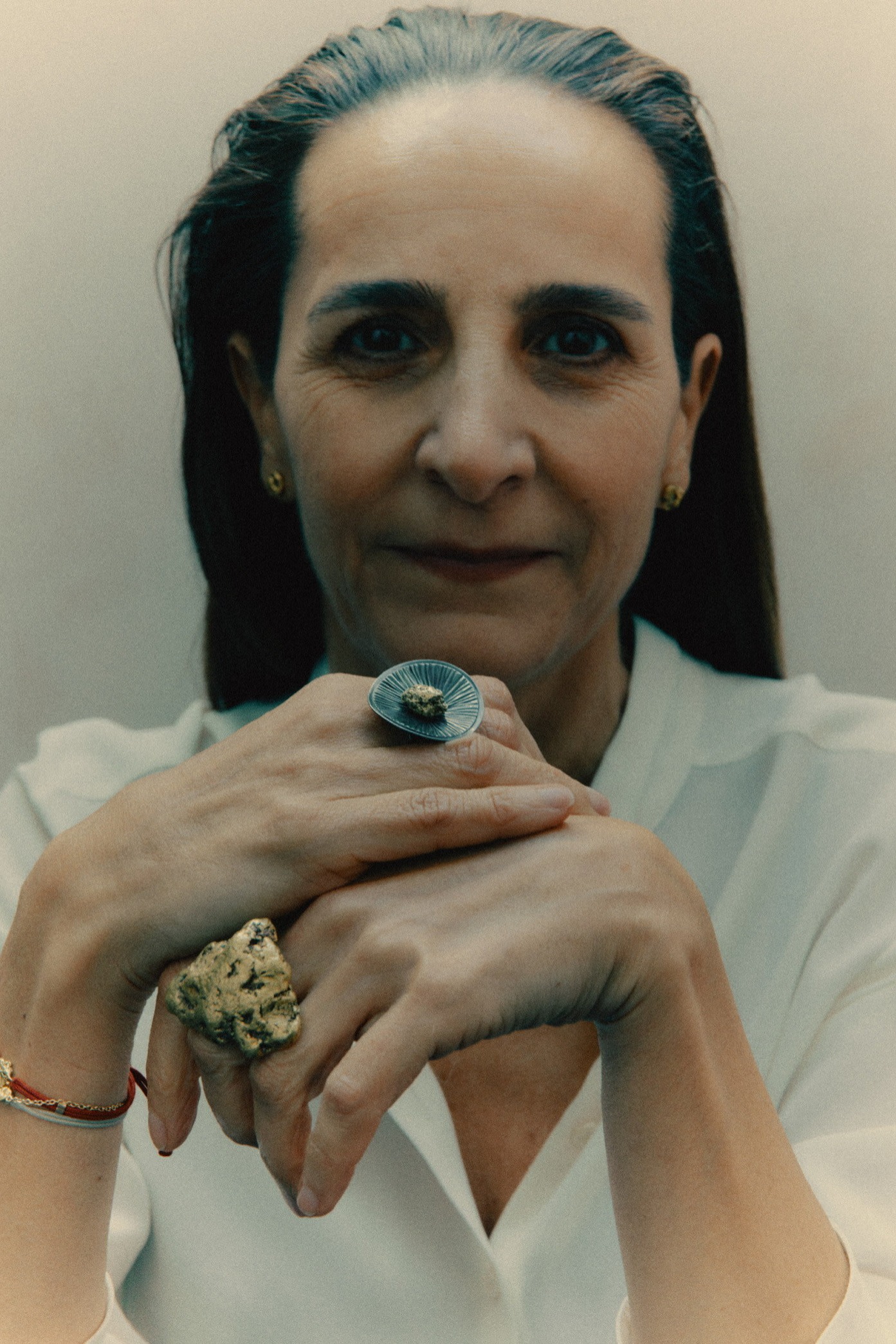
Simply sign up to the Sustainability myFT Digest -- delivered directly to your inbox.
Until recently, Daniela Colaiacovo had stopped wearing jewellery altogether — often being unsure of its provenance and materials.
But, last spring, in a busy café in Milan, Colaiacovo — a former gold prospector turned designer behind the jewellery line Makal — was sporting a ring of her own design, handcrafted in the shape of the tool the Mayans once used to pan for gold deposits in rivers and streams. A silver dome echoes the traditional vessel made of a solid piece of wood in a rounded, shallow shape. A gold nugget, still in its raw form, nestled inside.
The Italian entrepreneur was drawn to the glittering nuggets after her own family’s gold mine wrapped up production in 2015, and so she began another form of exploration. She now uses certified gold from small producers as the signature of her jewellery range.
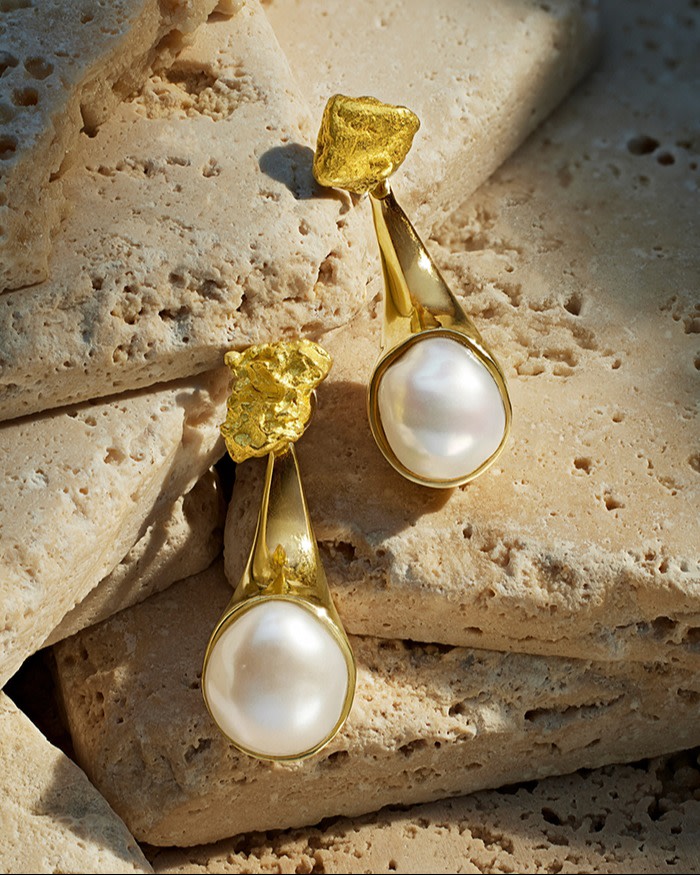
Colaiacovo was keen to create a collection she could trace from mine to jewellery, guaranteeing the ethical provenance of gold mined in small operations — what the industry calls artisanal gold — and driving transparency in an opaque supply chain plagued with ugly environmental and humanitarian problems. She hopes to alter consumer habits in the process.
Tracking gold from mine to finished product along the global supply chain has long been a source of contention. Often, batches of the precious metal are mixed at refineries, and gold ore mined from a war zone or by a child is difficult to pinpoint by the time the finished product is in a shop window.
“If you’re a large luxury brand working with huge margins, you can spend unlimited amounts [of money] tracing gold up and down the supply chain,” says Assheton Carter, co-founder of Makal. “The greatest difficulty is not the ability of the big brands to do something, it’s the other 98 per cent of the industry, which is smaller brands, and rethinking their supply chains.”
About 20 per cent of the world’s mined gold comes from artisanal and small-scale gold mines, according to World Bank estimates. These are typically holes in the ground where miners — including children — hack at rock. Sometimes, mercury is mixed with the ore to separate the gold. Globally, there are about 40mn people working in artisanal and small-scale mining — including about a million children, according to advocacy group Human Rights Watch.
And there has been significant growth in artisanal and small-scale mining in many developing countries over the past 20 years, according to the World Gold Council, with most of the mining taking place outside legal frameworks, often with poor safety and environmental standards.
Ethical alternatives, however, are not easy to source or even identify. The annual gold supply from the artisanal and small-scale mining sector is equivalent to approximately 500 tonnes, with a market value of almost $29bn, according to a UN report — which is a problem for luxury brands vying to gain relevance with customers who value sustainability.
“There is a genuine mess in the jewellery industry,” says Greg Valerio, a jeweller and activist. “We’re dealing with a non-renewable extractive. There is no such thing as sustainable jewellery. It does not exist, because we all deal in non-renewable extractive industries.
“We need to start from the proposition that gold must be fully traceable and fully transparent. If you do not have those two components, in the context of an ethical claim, it’s just greenwashing.”
Grant Conner, a fourth-generation gold dealer, compares the responsible gold sector to the explosion of the organic food industry. “People were slapping the organic label on a lot of other stuff; we’re going to see a lot of that,” he warns.
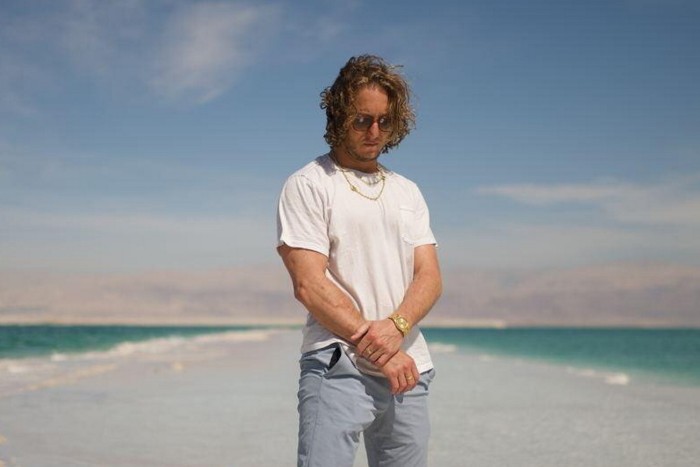
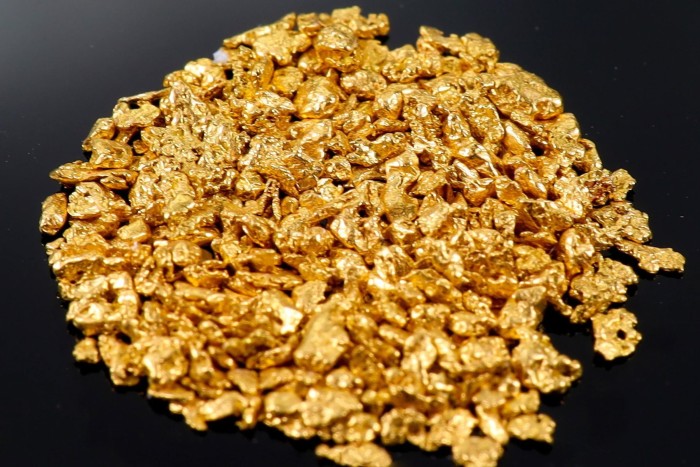
Colaiacovo is confident of Makal’s traceability by opting to buy its gold exclusively from Nuggets by Grant, a US business founded in 2013 by Conner. It sells gold from placer miners — small artisanal mining communities that extract the ore using eco-friendly methods and without slave labour or unethical practices.
“It’s not enough just to buy natural nuggets,” Colaiacovo says. “You need to know their source and vet suppliers.” Her jewellery settings are produced from Fairtrade gold, a certification that guarantees the metal was mined in a responsible manner and that its miners have received fair payment and an overall premium.
The standard was defined in 2011 by the Alliance for Responsible Mining (Arm), a non-profit organisation that supports artisanal and small-scale mining communities in Latin America. In 2022, Fairmined miners sold some 130kg of gold, according to Olga Rojas, a spokesperson for Fairmined and Arma.
The nuggets for Makal may be sifted from a stream, yet each jewel is handcrafted by Italian goldsmith Simone Pacini and his team in Florence. Unfussy circular designs are contemporary platforms for the nuggets.
Arm and Fairmined connect certified responsible mines with gold buyers. It can take 10-24 months to obtain a Fairmined certificate to sell gold, after which miners receive a premium of $4 per gramme of gold, says Rojas. If miners obtain an ecological certification that ensures no cyanide or other chemicals were used during extraction, they receive $6 a gramme.
“To charge a premium on mercury-free is to make it sound like it’s exceptional, rather than it should be what everybody’s doing,” says Valerio. “And it should be available to everybody because it’s not that expensive. And those premiums are not necessarily changing lives. They’re helping but they’re not changing it.”
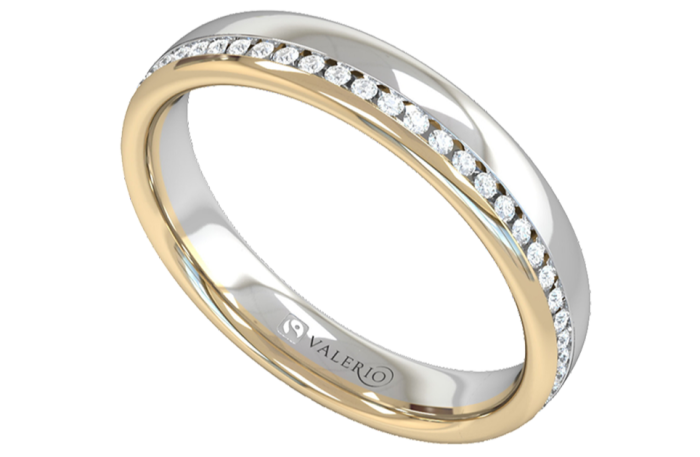
Miners often make contact through social networks such as Facebook to ask for assistance to become certified, says Rojas. A team of engineers is then sent to investigate. Arm currently works with eight fully certified mines, employing around 2,000 miners. Since 2015, Nobel Peace Prize medals have been produced with Fairmined gold from small-scale mines in Colombia and Peru.
“If a consumer is paying a low price for a gold ring, and there’s no traceability, it’s likely someone is paying the human price,” says Rojas.
Nuggets by Grant gives gold buyers the option to purchase location-specific gold nuggets of various sizes and shapes. Clean extraction techniques are used, rather than pit or hard rock mining, which are detrimental to social systems and environments.
“With most gold, you’ll never know its provenance because the gold has come from all over the world — it’s just processed metal,” Conner explains. But Nuggets by Grant has made about $30mn in sales to date, he says and the traceable gold revolution is gaining traction. He sources from regions such as Alaska, British Columbia and the Yukon. The business works with small mining communities to reclaim land — areas that have been mined to an ecologically functional or economically usable state — and return it to life.
Colaiacovo has been investigating gold mining’s opaque supply chain for decades. When the Italian jeweller first started out in the industry, in 2003, she approached many luxury jewellery houses with responsibly mined gold sourced from her family mine, but hit a wall. “Nobody was interested,” she says.
Between 2003 and around the end of 2014, the Goldlake Group mine, her family’s mining operation in Olancho, Honduras, mimicked the traditional alluvial gold process, harnessing chemical-free technology without the use of potentially harmful mercury or cyanide. It also operated a zero-discharge water management system and partnered with artisanal miners, many of whom were women, to establish co-operatives.
A lone figure in the space in 2009, Colaiacovo signed a deal with Cartier to supply gold from Goldlake’s Eurocantera mine, for use in the luxury brand’s collections. The mine became the first of its kind to be fully certified by the Responsible Jewellery Council in 2015.
It obtained the organisation’s chain-of-custody standard by meeting the highest ethical, social and environmental standards established by the RJC’s member certification system. It was from these nuggets that Makal’s first collection was born. “It’s not about ticking boxes. It’s a whole mindset,” Colaicovo says.
After the mine closed in 2015, she remained drawn to gold nuggets. In March 2022, Makal became a certified member of the RJC. Getting jewellers and mining companies into the same room was a huge step for responsible sourcing, although there are still detractors.
Critics — such as Payal Sampat, mining director at Earthworks, a non-profit organisation dedicated to protecting communities and the environment from the adverse impacts of mineral and energy development — point out that the RJC is still controlled by jewellery industry players and say there is an absence of coequal civil society governance.
Nawal Aït-Hocine, an independent consultant and founder of consultancy A Positive Impact, believes Makal’s traceable supply chain of responsibly sourced material provides an ethical jewellery blueprint. She adds that Makal’s size is a helpful factor. “When you operate at a small scale, to some extent it’s easier because you don’t need huge quantities of precious material,” she notes.
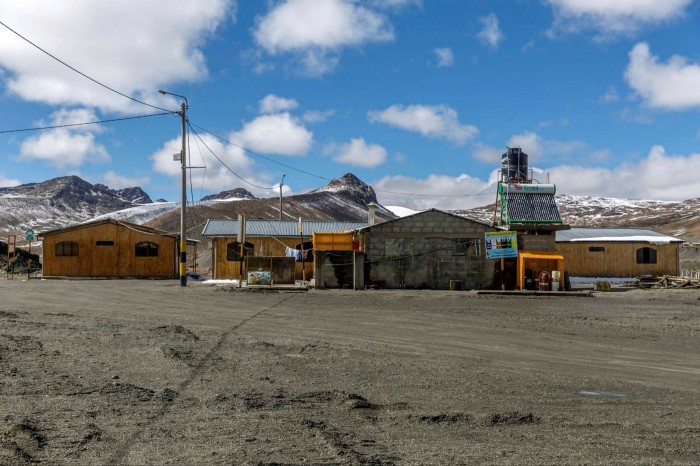
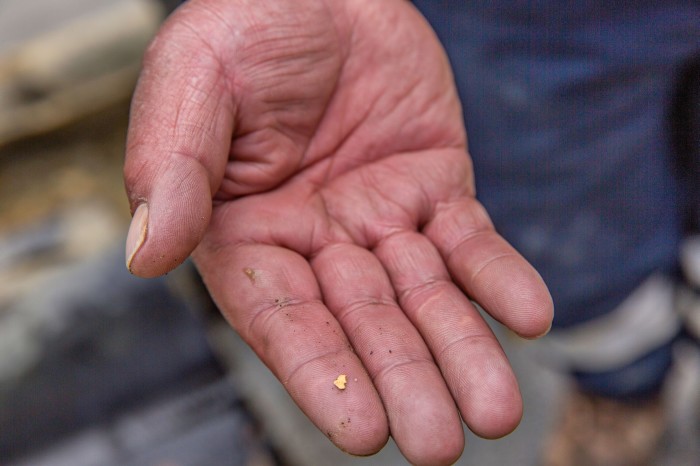
There are other jewellers for whom ethical sourcing is just as important as getting the design right — such as German-born Ute Decker, one of the first creatives to craft pieces in Fairtrade-certified gold back in 2011. (Fairtrade standards are aligned with those of Fairmined.) The ethical gold initiative represented a sea change in the jewellery industry and, for the first time ever, put the needs of artisanal miners first. Decker describes today’s industry as being “in a race for green credentials”.
Decker styles her precious metal into pared-back sculptural jewels that have an architectural feel. The gold adornments can be traced from an artisanal mining co-operative in the highlands of Peru to her studio bench in London. “I want my pieces to possess beauty and a conscience,” she says.
These thoughts are echoed by Zulaikha Aziz, a former human rights lawyer and now a jeweller based in California whose family left Afghanistan in the wake of the 1978 revolution. Aziz founded her fine jewellery company, Mazahri, on the principle that business can and should be a force for good. Her collections use only Fairmined gold, and she casts it in New York.
“I decided to have pieces [cast] there because I’m familiar with labour law and knew there was that strong level of protection,” she says. The jeweller also wanted to guarantee her Fairmined-sourced gold would not be mixed with less reputable precious metal.
Some jewellers do mix, however, as part of a marketing ploy, says Conner. “Companies use just 5 or 10 per cent of ethical gold and then mix it with untraceable gold and pass it off as ethical,” he says.
For all the goodwill out there, industry insiders advise consumers to purchase with caution. “If customers want the best ethically sourced gold, buy Fairmined because it’s a fully independently, third party-audited system,” says jeweller and activist Valerio. “There’s traceability and a transparent standard, which is independently verified. Communities benefit from its premiums, it’s verifiable and audited, and there are clear labour standards.”
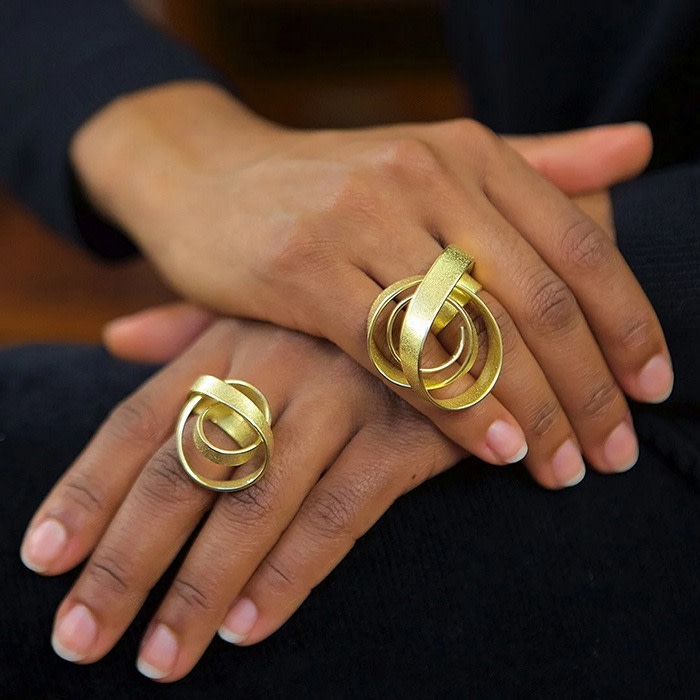
Yet Valerio believes future solutions should focus on mine ownership. “Miners don’t have a stake in the entire supply chain — it’s a legacy of the colonial structure,” he says. “If we examine the Fairmined system, it’s still a very segmented transaction and framework. Miners in Peru, for example, or Colombia don’t have ownership stakes in refineries, so they remain out of the profit loop. They make money solely on one transaction within the supply chain.”
Valerio is developing an initiative calledPeaceGold. He hopes to bring peace and prosperity to conflict-affected communities through the creation of community-based gold-mining co-operatives. He describes the project as the “first-of-its-kind social enterprise working with conflict-affected communities, demobilised militia and [artisanal and small-scale] gold miners in the Democratic Republic of Congo, and mercury-free gold production”.
“We need to build a system which is far more equitable. We won’t then need to charge premiums and transfer this cost to consumers,” Valerio says.
Communicating a higher price point to consumers is a key concern for Colaiacovo. Makal’s pieces range in price from £170 for a gold nugget bracelet to £3,200 for a multi-nugget 18ct gold necklace.
“I know the price of gold; I know how much it costs to manufacture. A piece that is responsibly sourced doesn’t come cheap. Our challenge is to ensure the consumer understands this difference,” says Colaiacovo.
Conner says he took the hard route. “The difficult path is to meet miners, understand their operations, and pay them more money,” he says. He is filming a documentary, The New Gold Standard, which he hopes will shed light on the troublesome industry.
He also says jewellers often ask him for discounts. “They want 15 per cent off gold. So how do you do that? How do you get a discount on gold? By buying it from a region, typically with some type of war and unregulated, terrible mining conditions,” Conner says. “These people won’t pay market prices for gold. They just won’t do it. And it’s not just the jewellery industry, it’s also Big Tech. There’s $3 of gold in every iPhone.”
The strong price of gold means more miners have flocked to illegal sites to seek fortunes.
Last March, it was reported that an explosion of illegal mining in the Amazon had created a humanitarian crisis for the Yanomami tribe, cutting their food supplies. The miners use mercury to separate gold from mud, and recent analysis shows Yanomami rivers contain mercury levels 8,600 per cent higher than what is considered safe.
Decker believes consumers can effect change. She suggests they ask more questions when purchasing gold jewellery.
“Ask for documentary evidence, what per cent of Fairmined gold is used,” she says, referring to the practice of mixing small amounts of ethical gold with untraceable metal.
“If we use gold for something as important as marriage, we should care about the energy in that ring and where and how it was sourced,” says Conner.
Comments